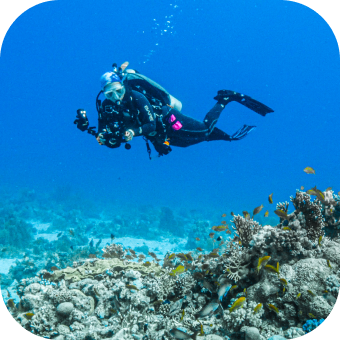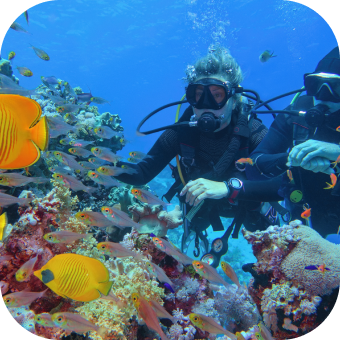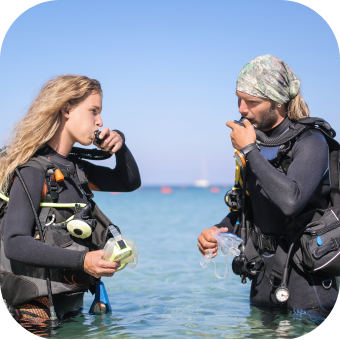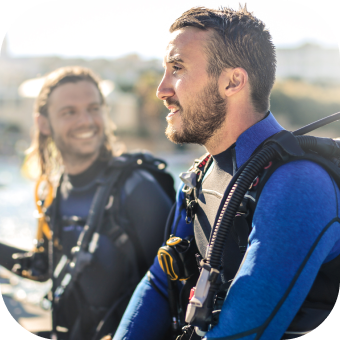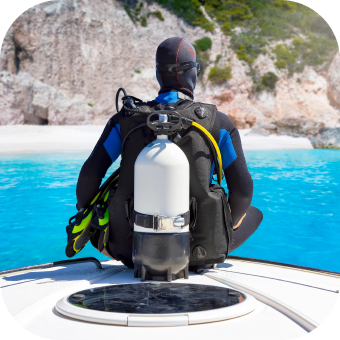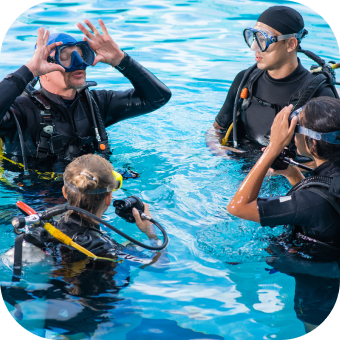Photo Gallery
Dive Photos and Experiences
You may View Dive Photos and Experiences of past dive trips in our expanded gallery which includes stories about each trip.
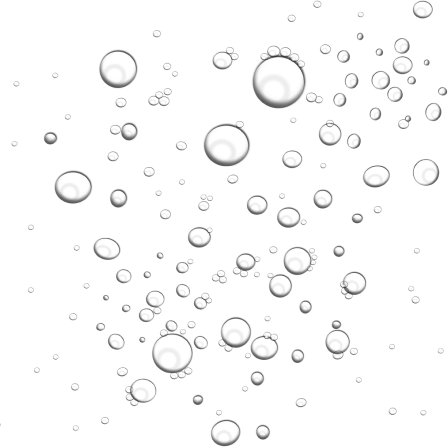
Our Latest Dive Experiences
Under construction
Under construction
Share Your Dive Experiences
Upload up to 10 photos per Scuba Dive Experience, along with a description of your adventures!
If you’d like to share your photos and dive experiences with others
Be sure to include any and all relevant info, including your favorite dive sites, your accommodations, travel tips, the Scuba Dive shop and anything else about your trip that you’d like to share. We request your contact information so we can reach out if there are any issues with your uploads, but your information will remain anonymous on the site, unless you opt-in to have your name displayed.



